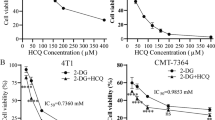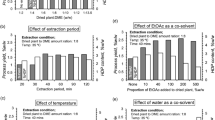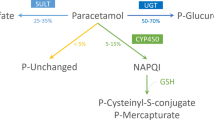Abstract
THE ethereal sulphate of 3-methoxy-4-hydroxy-phenylglycol, a metabolite of epinephrine and norepinephrine, has recently been demonstrated in the urine of normal individuals and was noted to be markedly increased in the urine of patients having phæochromocytoma1. The free compound has not been previously demonstrated and the possibility that conjugated (nor)metanephrine gives rise to this compound could not be ruled out. We have now been able to demonstrate the presence of free 3-methoxy-4-hydroxyphenylglycol in phæochromocytoma tissue from four different patients, as well as metanephrine in three of these tumours.
This is a preview of subscription content, access via your institution
Access options
Subscribe to this journal
Receive 51 print issues and online access
$199.00 per year
only $3.90 per issue
Buy this article
- Purchase on SpringerLink
- Instant access to full article PDF
Prices may be subject to local taxes which are calculated during checkout
Similar content being viewed by others
References
Axelrod, J., Kopin, I. J., and Mann, J. D., Biochim. Biophys. Acta (in the press).
Axelrod, J., Senoh, S., and Witkop, B., J. Biol. Chem., 233, 697 (1958).
Sjoerdsma, A., et al., Science, 127, 876 (1958).
Author information
Authors and Affiliations
Rights and permissions
About this article
Cite this article
KOPIN, I., AXELROD, J. Presence of 3-Methoxy-4-hydroxyphenylglycol and Metanephrine in Phæochromocytoma Tissue. Nature 185, 788 (1960). https://doi.org/10.1038/185788a0
Issue date:
DOI: https://doi.org/10.1038/185788a0
This article is cited by
-
Clinical Catecholamine Neurochemistry: A Legacy of Julius Axelrod
Cellular and Molecular Neurobiology (2006)
-
Pheochromocytoma: Rediscovery as a catecholamine-metabolizing tumor
Endocrine Pathology (2003)
-
Untersuchungen über Physiologie und Pathophysiologie des sympathikoadrenalen Systems durch Bestimmung der Vanillin-Mandelsäure-Ausscheidung im Harn mit dünnschichtehromatographischer Technik
Archiv für Kreislaufforschung (1966)



